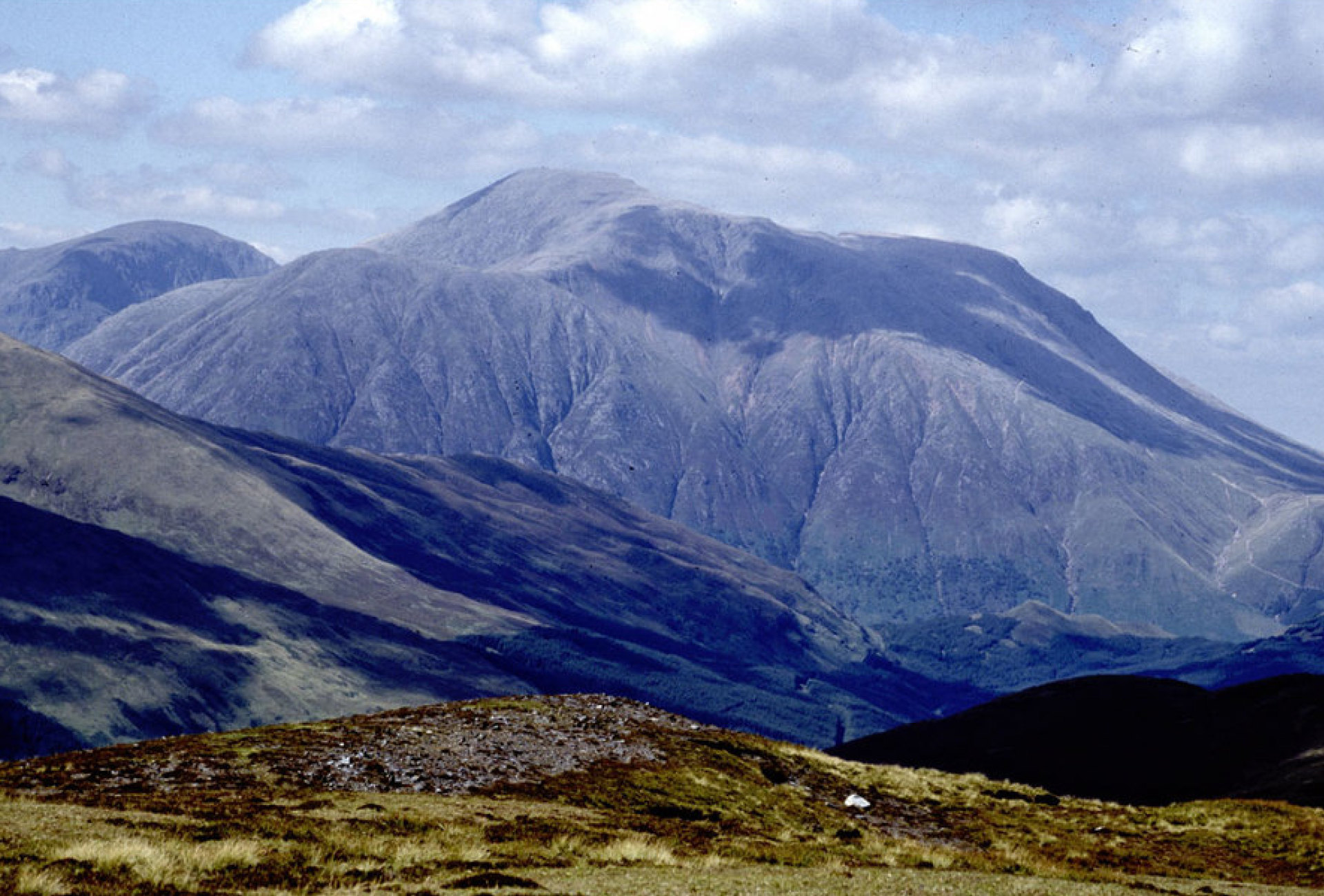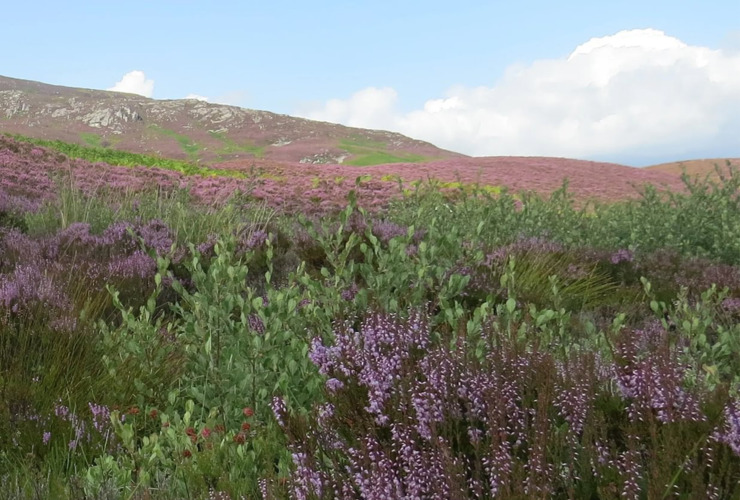Protecting Scotland's wild land in 2020
Campaigns co-ordinator Mel Nicoll looks forward to a big year for Scottish planning and land use decisions
One of our key priorities is to persuade decision makers of the need to protect our wild land and wild places from damaging land management practices and inappropriate development. That means a constant process of looking at what development proposals are coming into the planning system – and speaking out where we think they need to be challenged. It also means trying to influence the shape of actual planning policy. On the latter front, the year ahead is shaping up to be a particularly important one with some key documents and policies up for major review.
At the top level, in our bid to protect wild places from inappropriate developments, we are starting work to influence Scotland’s next National Planning Framework – the long term spatial plan that sets out where the Scottish Government considers that development and infrastructure is needed. The current National Planning Framework includes important references to Scotland's landscapes and wild land and it is vital that the value of wild land continues to be recognised. The National Planning Framework also has the potential to support the development of natural solutions to climate change, for example, through peatland restoration at landscape scale. We will be highlighting these opportunities to the Scottish Government.
There is also work to do as Scotland’s new Planning Act is implemented. As part of the Scottish Environment LINK Planning Group we are involved in the development of the secondary legislation and guidance that is being drawn up following the adoption of the Act earlier in 2019. For example, the new planning performance framework is an important opportunity to give planning authorities the power to ensure that impacts on the environment are considered as carefully as possible, while new measures could be brought in that result in greater scrutiny and public interest accountability for all new development.
Also at the strategic planning level, a major Scottish Government review of Permitted Development Rights (PDRs) has begun. This is an important area of work because the review is looking at the extent to which the need for planning permission could be removed for certain types of rural developments. In practice, PDRs grant planning permission for particular types of development without the need for an application. The Government describes PDRs as typically relating to “minor or uncontroversial developments where planning permission would likely be granted.”
The development types being considered in the first phase of the review include agricultural developments, digital communications infrastructure, micro-renewables, peatland restoration and hilltracks (“private ways”). Hilltracks are somewhat different because, subject to some exceptions, they currently already benefit from PDRs – long a controversial issue in the conservation and outdoor sector. However, the Government has said it will look again at the balance of planning control in the light of “significant public concern,” delivering on the commitment it gave to do so during the Planning (Scotland) Bill process. Members may recall that proposals to tighten planning for hilltracks were voted down at that stage. This was in spite of representations from the Trust, its members and many others as part of the Scottish Environment LINK Hilltracks campaign, that highlighted the damage that such tracks can cause to the upland landscape and sensitive habitats.
With the Permitted Development Rights review overall, there will be a fine balance to be struck in any changes; relaxing rules for some development types – such as peatland restoration, micro-renewables and building conversions – could bring important benefits such as helping to address the climate emergency, support the delivery of affordable homes in rural areas and reduce the rate of rural depopulation. At the same time, it is vital that we understand as much as possible about the possible negative impacts on the environment, landscape etc from the possible relaxation of these rules, including the cumulative effects of changes across the range of development types being considered as part of the review.
So, combined with the day-to-day work of keeping an eye out for specific development proposals that might impact on wild land, we are set for a busy year planning-wise. You can play your part - keep an eye out for news in our monthly eNewsletter on how you can get involved in helping to shape Scotland’s planning system for the benefit of wild land, including the opportunities for new models of landscape-scale ecological restoration, as the review of the National Planning Framework, Permitted Development Rights and land use policies get fully underway.


